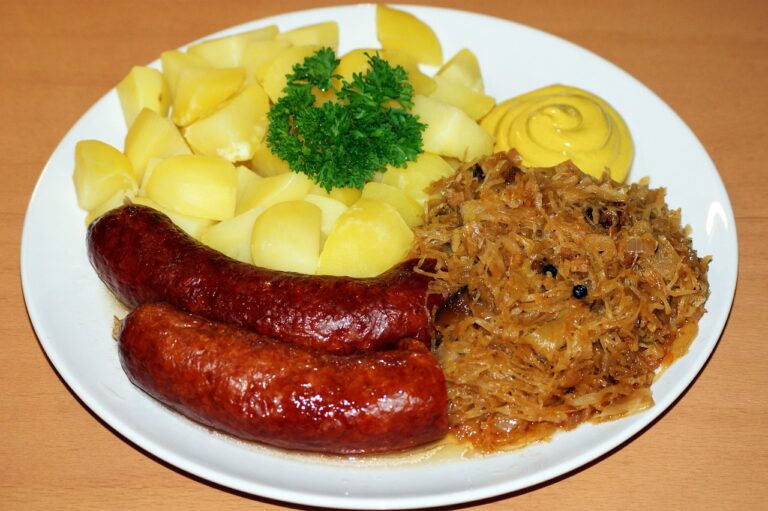The Future of Vertical Farming in Urban Environments
Vertical farming in urban areas offers a multitude of benefits that address various pressing issues faced by modern cities. By utilizing vertical space, these farms maximize land efficiency and enable the production of a significant amount of fresh produce in a relatively small footprint. This not only helps in conserving land but also reduces the need for extensive transportation of food from rural areas to cities, thus decreasing carbon emissions and promoting sustainability.
Furthermore, vertical farming allows for year-round cultivation, irrespective of external weather conditions. This reliable production of crops ensures a consistent food supply, reducing fluctuations in prices and enhancing food security in urban areas. In addition, the close proximity of these farms to urban populations shortens the supply chain, leading to fresher and more nutritious produce reaching consumers, thereby promoting healthier eating habits.
• Vertical farming maximizes land efficiency in urban areas
• Reduces the need for extensive transportation of food from rural areas
• Decreases carbon emissions and promotes sustainability
• Year-round cultivation ensures a consistent food supply
• Reduces fluctuations in prices and enhances food security
• Shortens the supply chain, leading to fresher and more nutritious produce reaching consumers
Challenges of Implementing Vertical Farming in Urban Environments
One major challenge faced in implementing vertical farming in urban environments is the high initial investment required. Setting up a vertical farm involves significant costs for purchasing the necessary technology, equipment, and infrastructure. This financial barrier can deter potential investors and entrepreneurs from venturing into the vertical farming industry, despite the long-term benefits it offers.
Another obstacle is the limited space available in densely populated urban areas. Vertical farming relies on stacking multiple layers of crops to maximize production in a smaller footprint. However, finding suitable locations to build vertical farms within cities can be challenging. Land scarcity and zoning regulations often restrict the expansion of vertical farming operations, making it difficult to scale up and meet the growing demand for fresh produce in urban markets.
Innovative Technologies Used in Vertical Farming
Vertical farming has revolutionized agriculture by utilizing innovative technologies to maximize crop production in urban settings. One key technology commonly used in vertical farming is hydroponics, a method that involves growing plants in nutrient-rich water without soil. This technique not only conserves water but also allows for faster plant growth and increased yields compared to traditional farming methods.
Another cutting-edge technology frequently employed in vertical farming is aeroponics, which involves growing plants in an air or mist environment without soil or water. By misting the plant roots with a nutrient solution, aeroponics promotes efficient nutrient uptake and root oxygenation, resulting in healthier plants. This method is highly sustainable and space-efficient, making it ideal for vertical farming systems in urban areas with limited space.
What are the main benefits of vertical farming in urban areas?
Vertical farming in urban areas allows for efficient use of space, reduces transportation costs for fresh produce, and provides a sustainable solution for food production close to city centers.
What are some of the challenges of implementing vertical farming in urban environments?
Challenges of implementing vertical farming in urban environments include high initial investment costs, energy consumption, limited availability of suitable spaces, and potential regulatory hurdles.
What are some innovative technologies used in vertical farming?
Some innovative technologies used in vertical farming include hydroponic and aeroponic systems, automated indoor growing systems, LED lighting, sensors for monitoring plant growth, and vertical stacking systems for maximizing space utilization.







